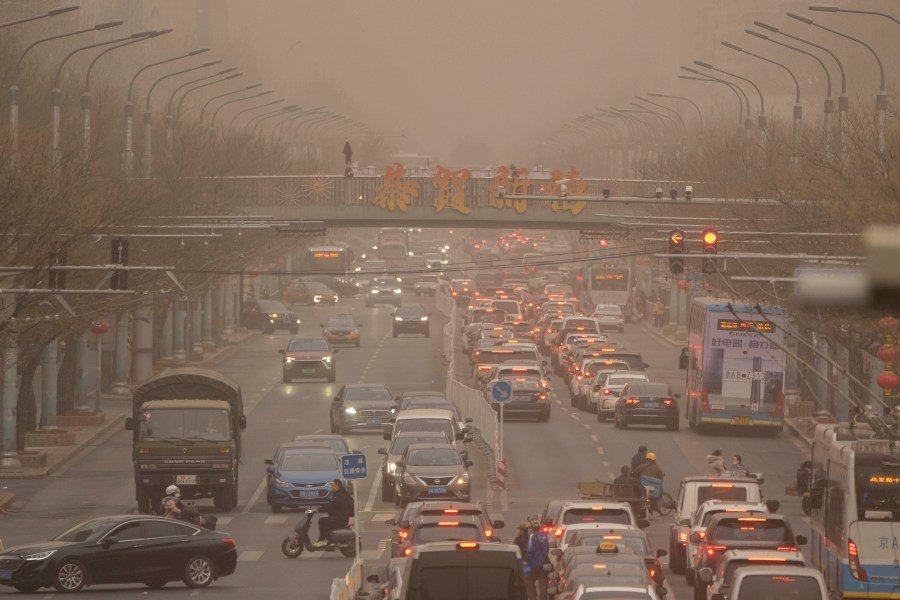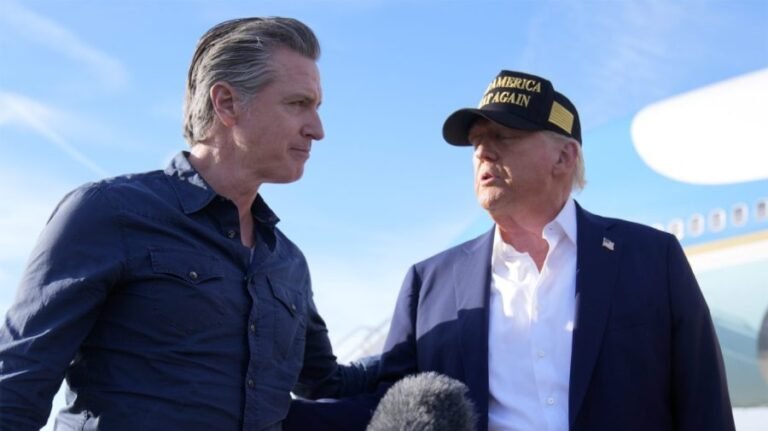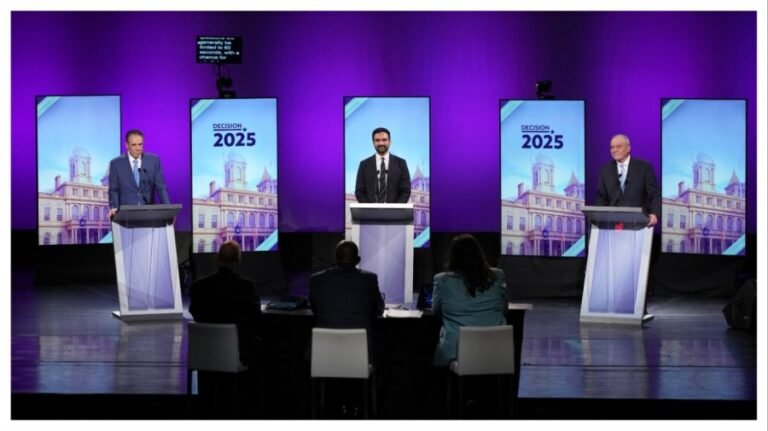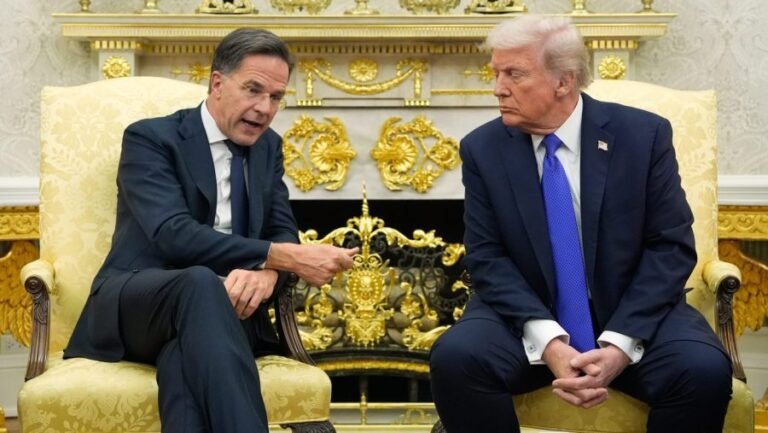
Air pollution has no borders. Wherever it comes from, it can affect the U.S. Smoke from wildfires, for example, crosses borders and pollutes our air. Mercury pollution gets into our water, even if it is coming from half a world away.
Air pollution is a leading cause of death worldwide, killing over 8 million people each year, including tens of thousands in the U.S. It costs the global economy billions of dollars in medical bills, lost work, and missed school days.
The U.S. has long been a global leader on air quality, including through the U.S. Department of State’s Global Air Monitoring Program at U.S. Embassies around the world. We helped initiate and implement this program in our former roles with the State Department and the Environmental Protection Agency. Unfortunately, the State Department shut this program down in March 2025, weakening air quality monitoring in 44 countries and leaving six with no air monitoring at all.
We are making a plea that the State Department to restore this important program and resume sharing this essential air monitoring data. Doing so will save countless lives and help ensure that EPA retains its longstanding leadership role in keeping Americans healthy at home and abroad.
Our experience with this program tells a powerful story of U.S. soft power success in the war on air pollution. It all began in Beijing just before that city hosted the 2008 Olympics. Questioning whether the Chinese government was publishing relevant, real-time air pollution readings, the U.S. Embassy in Beijing placed an air monitor on its roof to record pollution levels and inform embassy staff and the wider expatriate community on our standard health measures.
One of the embassy’s computer programmer colleagues developed a way to publish the air pollution measurements to social media via Twitter. After about a year, local Chinese “netizens” picked up on the data and it went viral among more than 20 million Beijing residents.
At the time, U.S. embassy Beijing was using U.S. air pollution standards (particulate matter of at least 2.5 micrometers or PM2.5) to assign risk to the data, even though the Chinese government was using a much less stringent standard (PM10). As a result, the U.S. Embassy monitor would warn of “hazardous” air when the Chinese monitors reported the air was only “slightly polluted.”
These discrepancies led the Chinese government to attack the embassy in the press for placing its air monitor “too close to the road,” or “not having a proper lab.” So, the embassy reached out to the EPA to determine whether the Chinese criticisms were warranted. In response, EPA sent a technical team to inspect and shore up the embassy’s monitoring program, making it both scientifically robust and fully aligned with U.S. standards.
Next, the Chinese government called on embassy officials to stop releasing its air quality data to the public. Posing an additional hurdle, Chinese authorities blocked access to Twitter.
Recognizing that the monitor had become a trusted source for accurate, unbiased information that Americans in China were using to make daily health decisions — such as when to run outside or when to enact asthma action plans — the embassy stood firm and kept publishing its data. Since Twitter was blocked locally, Chinese netizens developed work-around apps to pull our data from Twitter and post it locally. And the embassy went further by expanding the program from Beijing to all of its consulates across China.
Things came to a head in fall 2011, when Beijing experienced multiple consecutive days of air pollution so severe that highways were closed and flights cancelled. This drew international media attention to the discrepancy between the embassy monitoring data and official Chinese government readings. Because the embassy readings matched what the public saw with their own eyes, widespread skepticism of China’s air pollution data grew and Chinese citizens pushed for China to move to our EPA’s standard.
Bowing to public pressure in November 2011, the Chinese central government issued new air pollution guidelines, to take effect in 2016, that used standards similar to the stringent U.S. standards used by the embassy. Beijing installed numerous new air monitoring stations using U.S.-built machines and began publishing all of their data. Other major cities quickly followed suit, and by 2013, China had set and implemented the most ambitious air quality improvement program the world had ever seen.
In five years, its major cities and regions experienced unprecedented reductions in air pollution and improvements in public health, saving an estimated 370,000 lives.
Based on the positive results of the program in China, the U.S. secretary of State and EPA administrator were persuaded to launch a global air monitoring partnership in February 2015. In the ten years since, U.S. embassies and consulates have installed air monitors in countries and cities where air pollution was a growing public health threat. Over 80 cities, including New Delhi, Nairobi, Jakarta, São Paulo, and Astana have been able to conveniently provide up-to-the-hour data to U.S. citizens and the local public, enabling them to reduce their exposure to dangerous air pollution.
The U.S. has collaborated with many of these governments to raise awareness of air pollution risks among their citizens and take action to reduce them. A 2022 study found that the average annual economic gain from having a monitor in a given city amounted to $127 million, and that the program was saving each U.S. post an average of almost $34,000 every year just in reductions to hardship pay alone.
The U.S. also benefits, as these cities turn to the U.S. for technologies that can help them understand and reduce severe air pollution, helping to drive exports and the growth of the U.S. domestic environmental technologies sector, representing $432 billion in revenue and employing 1.8 million American workers. The American Lung Association recently estimated that 156 million people in the U.S. live in areas with unhealthy air pollution. U.S. public health is protected by enhanced global monitoring and the reduction of global flows of hazardous air pollution.
Clearly, these significant savings in terms of lives and dollars, and the revenue and jobs created by innovative technologies from the U.S., far outweigh the modest cost of this highly successful and effective U.S. Global Air Monitoring Program. We urge the State Department to restore it.
Tahra Vose is a former State Department Foreign Service Officer. Dale Evarts is a former air program manager at the U.S. Environmental Protection Agency.


